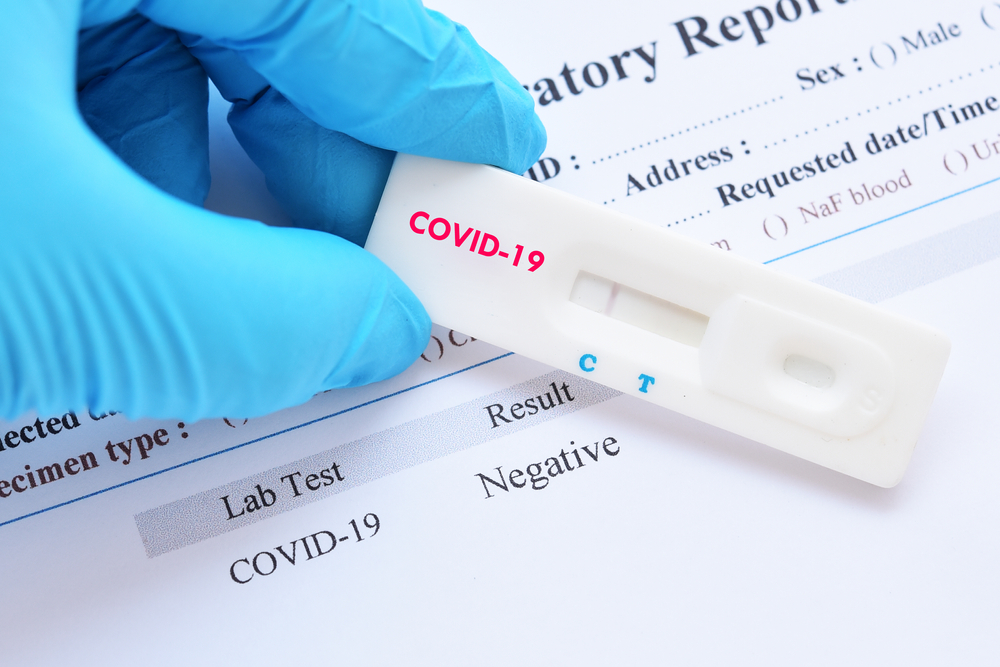With California’s COVID-19 emergency temporary standards (ETSs) expiring December 31, the state’s Occupational Safety and Health Standards Board (OSHSB) is considering “nonemergency” regulations that would take effect January 1. The rules would remain in effect for two years, except for recordkeeping and reporting requirements, which would remain in effect for three years.
The board issued a 15-day notice, seeking comment on proposed changes. The most significant change would be that employers developing prevention measures for their workforce must consider all persons potentially infectious, regardless of symptoms, vaccination status, or negative COVID-19 test results.
In November 2020, California adopted a series of emergency rules on COVID-19 prevention, multiple COVID-19 infections and COVID-19 outbreaks, major COVID-19 outbreaks, prevention in employer-provided housing, and prevention in employer-provided transportation. Those rules have been revised and readopted three times.
Under California administrative law, emergency standards remain in effect for 180 days. The board may twice readopt temporary standards for an additional 90-day period each.
On December 16, 2021, Governor Gavin Newsom (D) issued a waiver authorizing the standards board to consider a third readoption of the rules. The governor’s order authorized adoption of the state’s current set of emergency rules.
The proposal’s definitions for “close contact” and “infectious period” would adopt those used in the California Department of Public Health’s (CDPH) October 14 State Public Health Officer Order. A close contact is defined as “sharing the same indoor airspace” in indoor spaces 400,000 or less cubic feet per floor “… for a cumulative total of 15 minutes or more over a 24-hour period … during an infected person’s infectious period” (confirmed by COVID-19 test or clinical diagnosis). The infectious period is defined as “2 days before the infected person had any symptoms through day 10 after symptoms first appeared … and 24 hours have passed with no fever, without the use of fever-reducing medications, and symptoms have improved” or “2 days before the positive specimen collection date” (for asymptomatic infected persons) “through day 10 after … specimen collection for their first positive COVID-19 test.”
However, even if the proposed language is adopted, the definitions of close contact and infectious period would always be superseded by any subsequent CDPH orders.
The proposed regulation would still require California employers to develop and implement a written COVID-19 prevention plan either as part of their injury and illness prevention plans or in a separate document.
A COVID-19 prevention plan would have to include the following:
- Procedures for handling a workplace COVID-19 case;
- Procedures for notifying employees and independent contractors who have had close contact with a COVID-19 case;
- Providing face coverings when required by a CDPH order or regulation;
- Providing respirators upon request;
- Maintaining ventilation either by maximizing the supply of outdoor air, filtering circulated air with Minimum Efficiency Reporting Value (MERV)-13 filters or the highest level of filtration compatible with building systems, or using high-efficiency particulate air (HEPA) filtration units; and
- Keeping records of all workplace COVID-19 cases and providing case information upon request to the CDPH, the California Division of Occupational Safety and Health (Cal/OSHA), the local health department, or the National Institute for Occupational Safety and Health (NIOSH).
There is no federal COVID-19 or airborne transmissible disease standard, but the U.S. Occupational Safety and Health Administration (OSHA) issued a federal vaccine-or-test ETS on November 5, 2021. On January 10, OSHA began enforcement of face covering requirements for unvaccinated workers, but the U.S. Supreme Court issued a stay of the emergency rule on January 13.

